The material surrounding the boundary of a garden can make a huge difference to the overall look of the garden.
The most cost effective and not surprising the most popular, is wooden fencing. Not all wooden fencing is equal. It is therefore, important to look at the quality of the panels supplied.
Featherboard is the most common fencing seen around gardens but not the most attractive, especially once it starts to weather.
Hit and miss panels and Venetian panels are far more attractive options to name just a few.
Venetian fence panels make a statement Jacksons fencing
The garden here was installed by Rainbow Gardening
Hit and miss fencing has replaced traditional featherboard fencing installed by Imperial Landscapes
My favourite design trick is to paint fences black, much to the initial horror of my clients. Most people are skeptical at first but once they see the completed product they love it. Black makes the fence recede and allows the green foliage of the plants in front of the black back drop jump out and show off their beauty.
Note how the fence melts into the background when painted black -garden installed by Rock and Roll Landscaping
Walls are longer lasting than fences but also a lot more expensive to construct as they need suitable foundations and the labour costs are more than they are for fencing.
Walls should be a built with a double skin or two rows of bricks. Single skin walls are not strong enough and are prone to collapsing.
Cladded wall at Chelsea Flower Show
Single skin walls can be unstable
Walls which are a focal point can be clad with stone and this gives them a much more modern appearance.
Gabion walls are an effective way of creating a modern, naturalistic look in the garden.
Gabions can be filled with variety of stone types-Gabions on the left installed by Rainbow Gardening
In a traditional garden it is a good idea to plant in front of walls and fences so that the boundaries are disguised. This tricks the eye and gives the perception that the space is bigger than it is. This occurs because the eye cannot work out exactly where the boundary is.
Disguising boundaries with plants

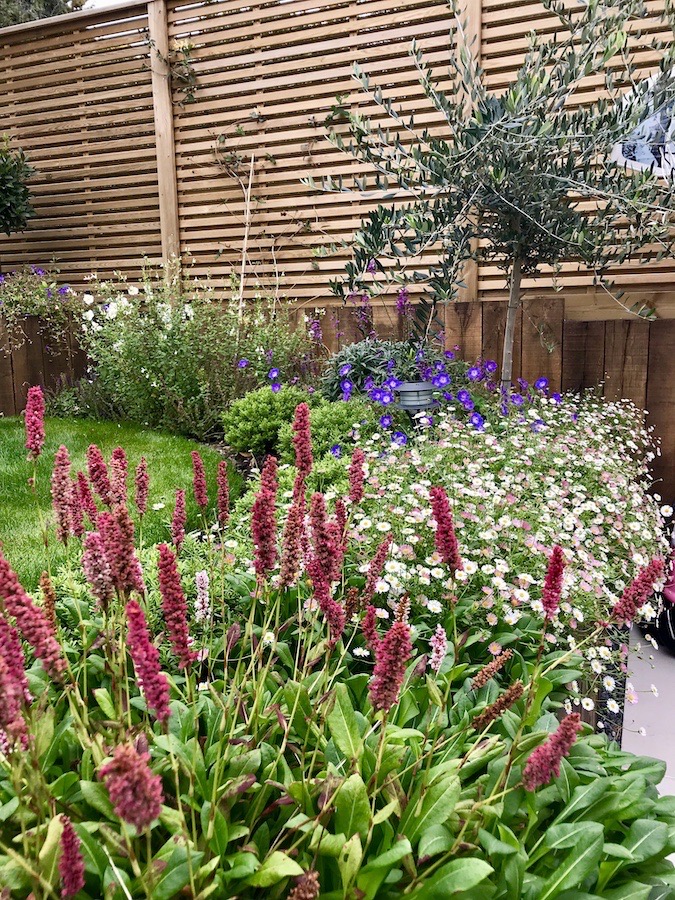
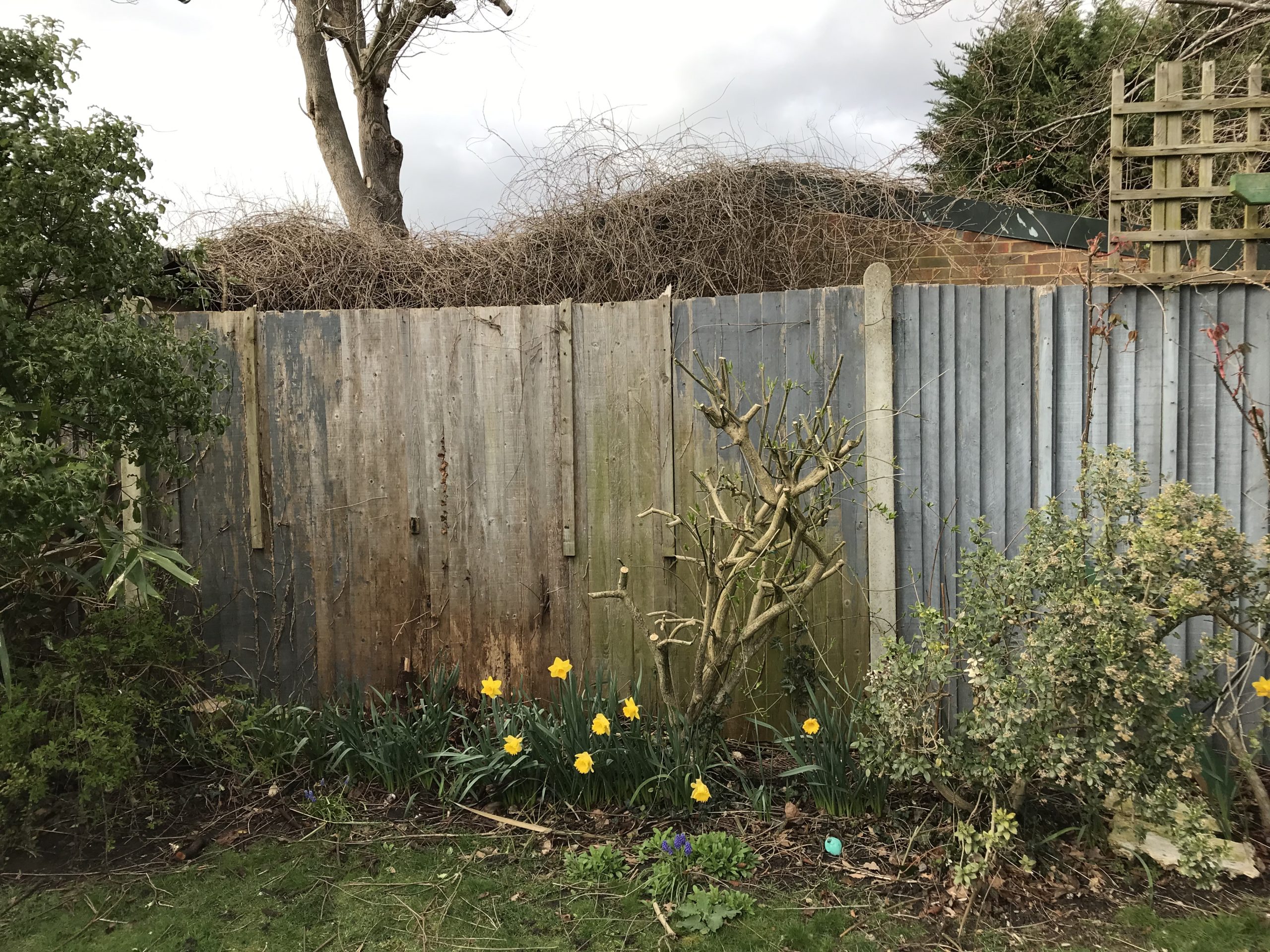
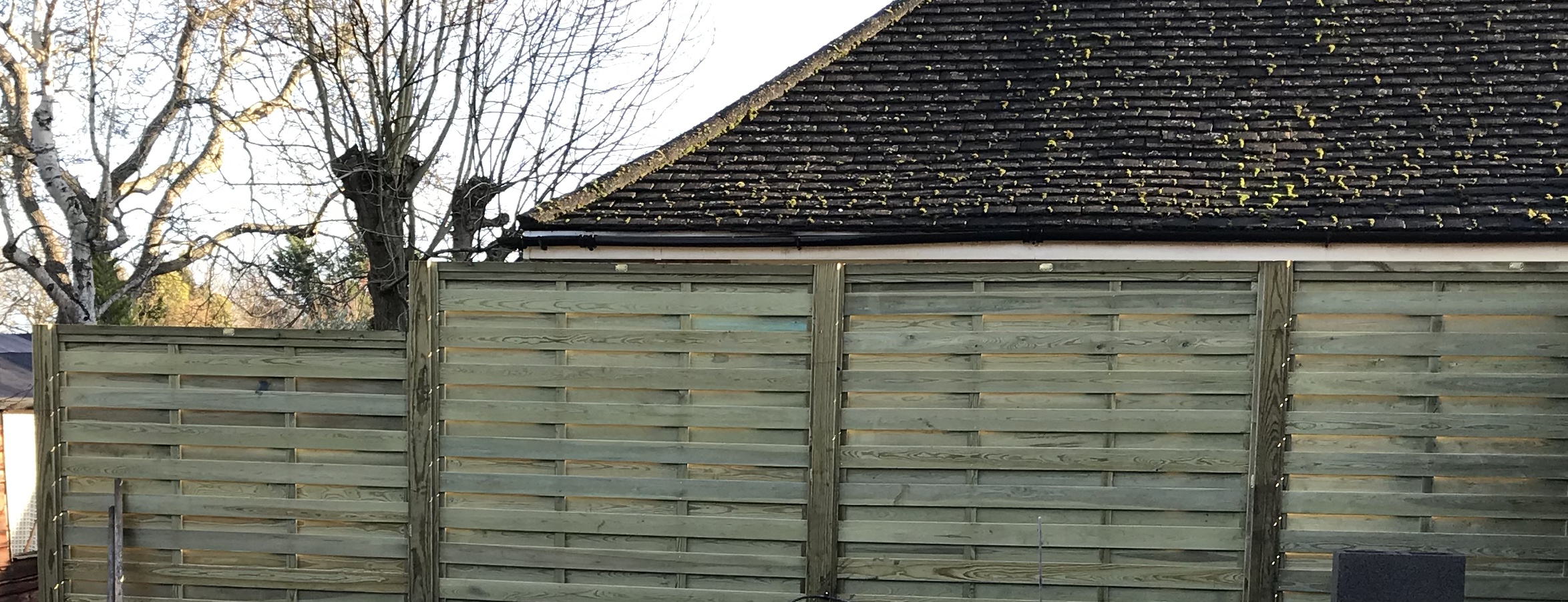
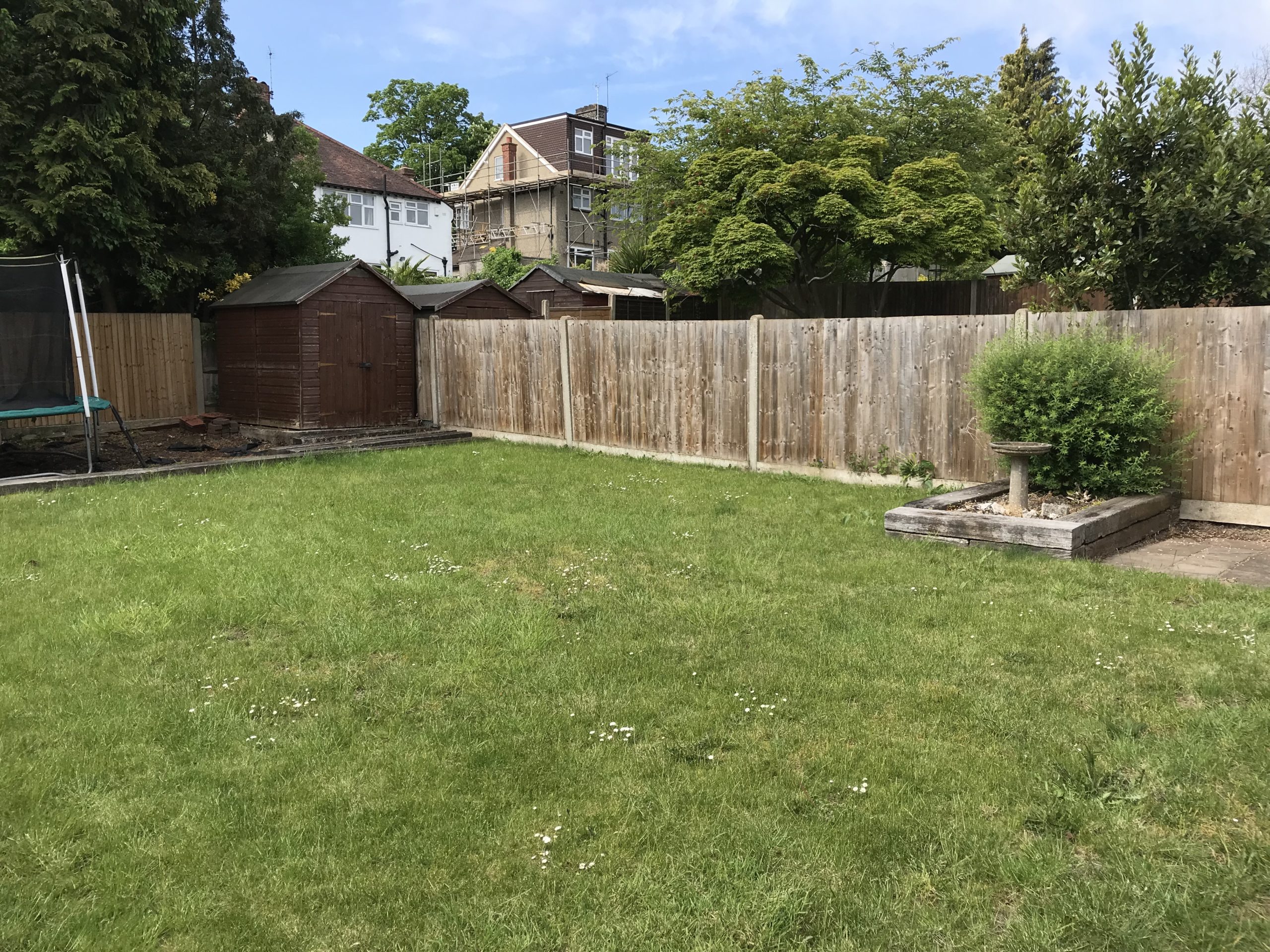
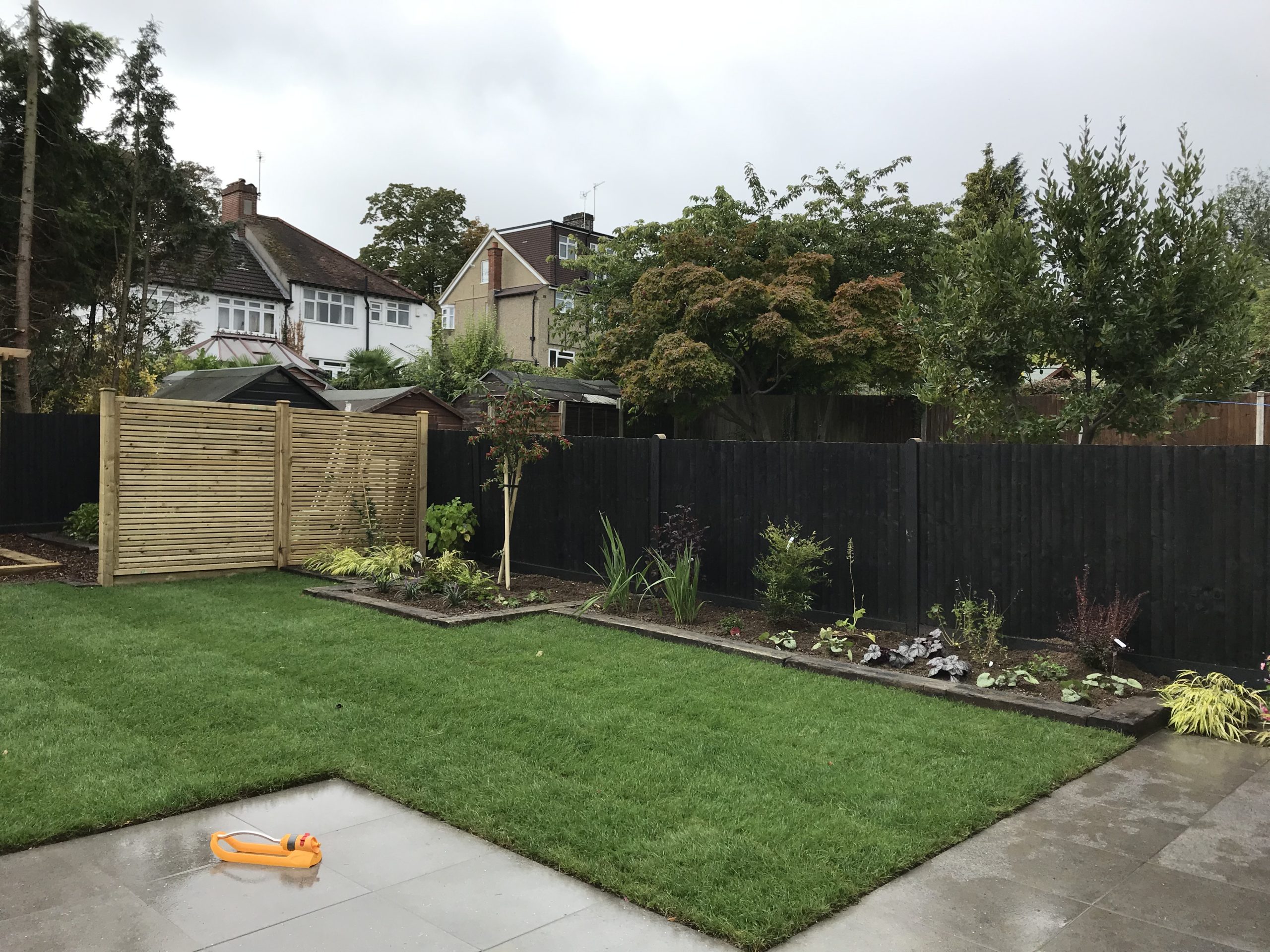
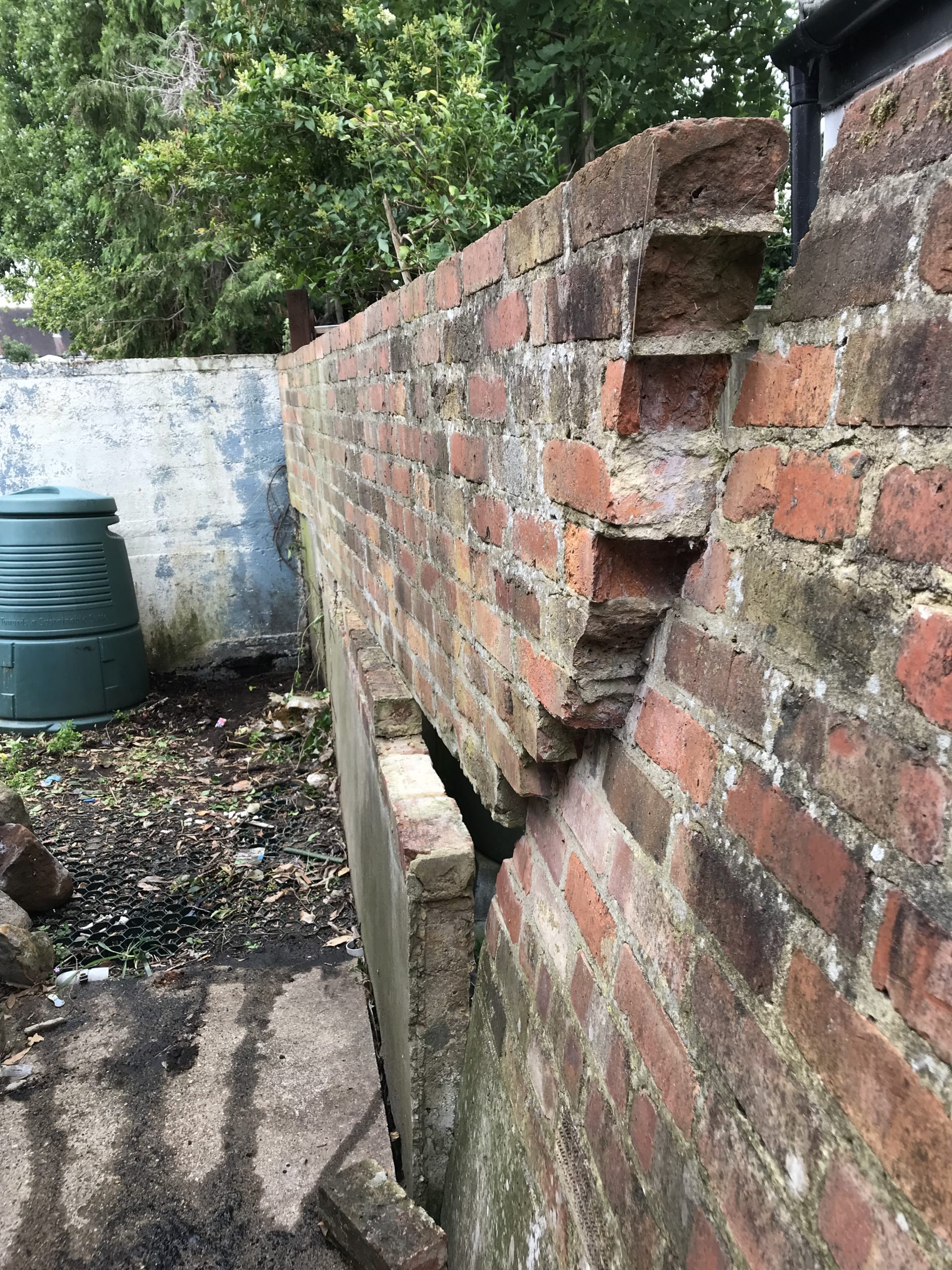
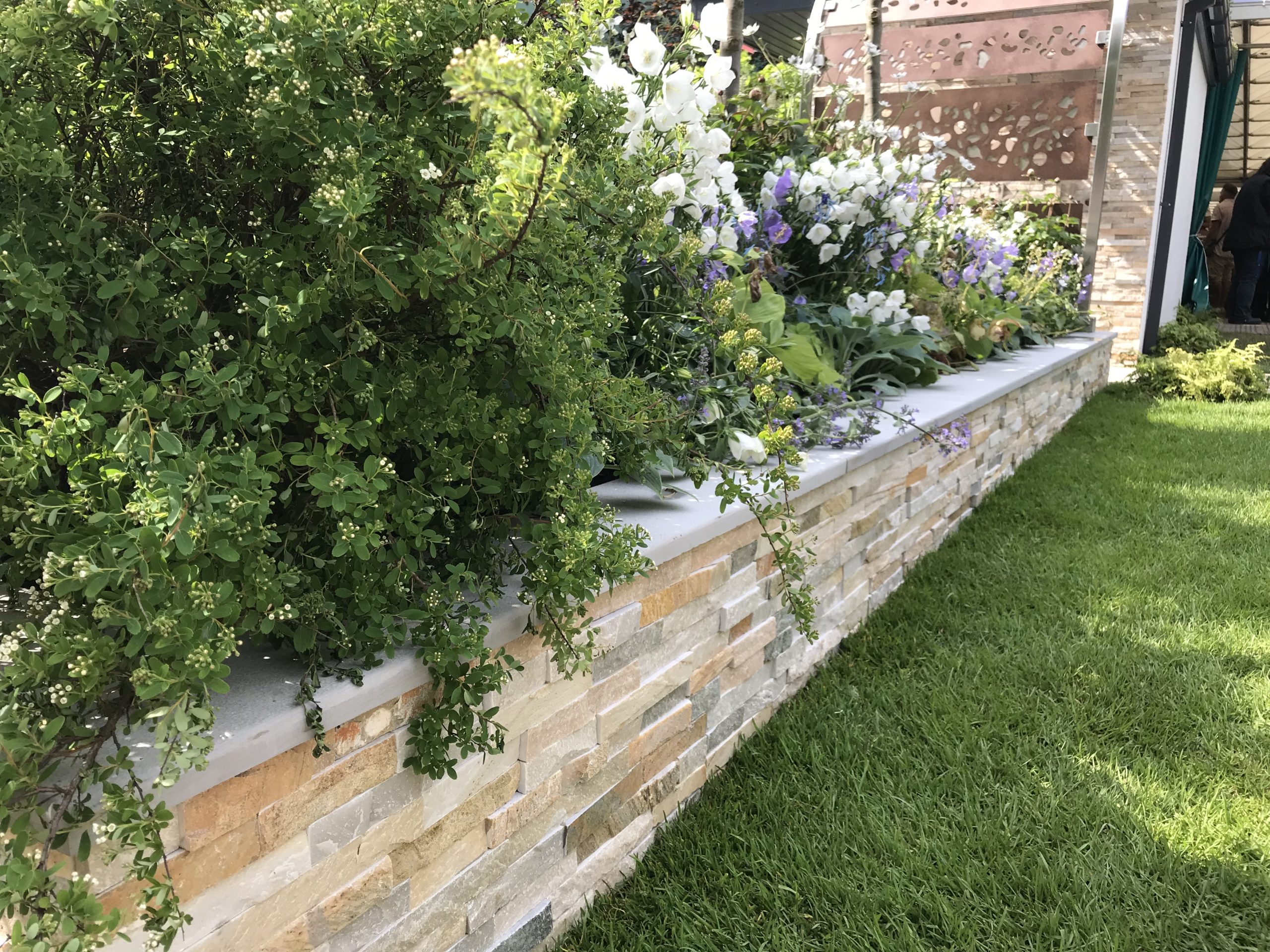
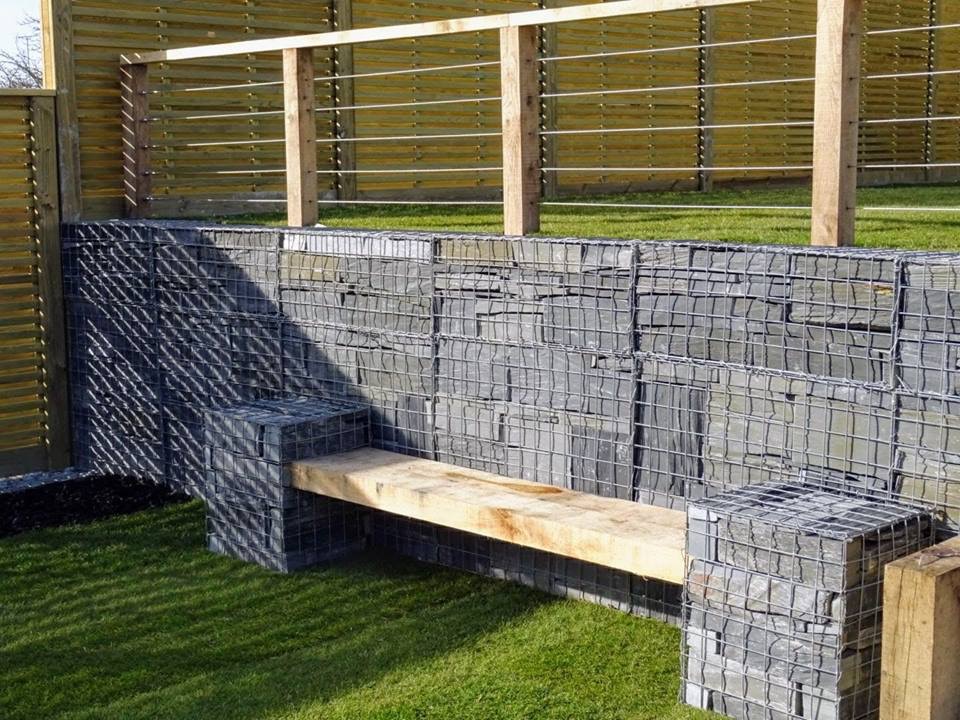
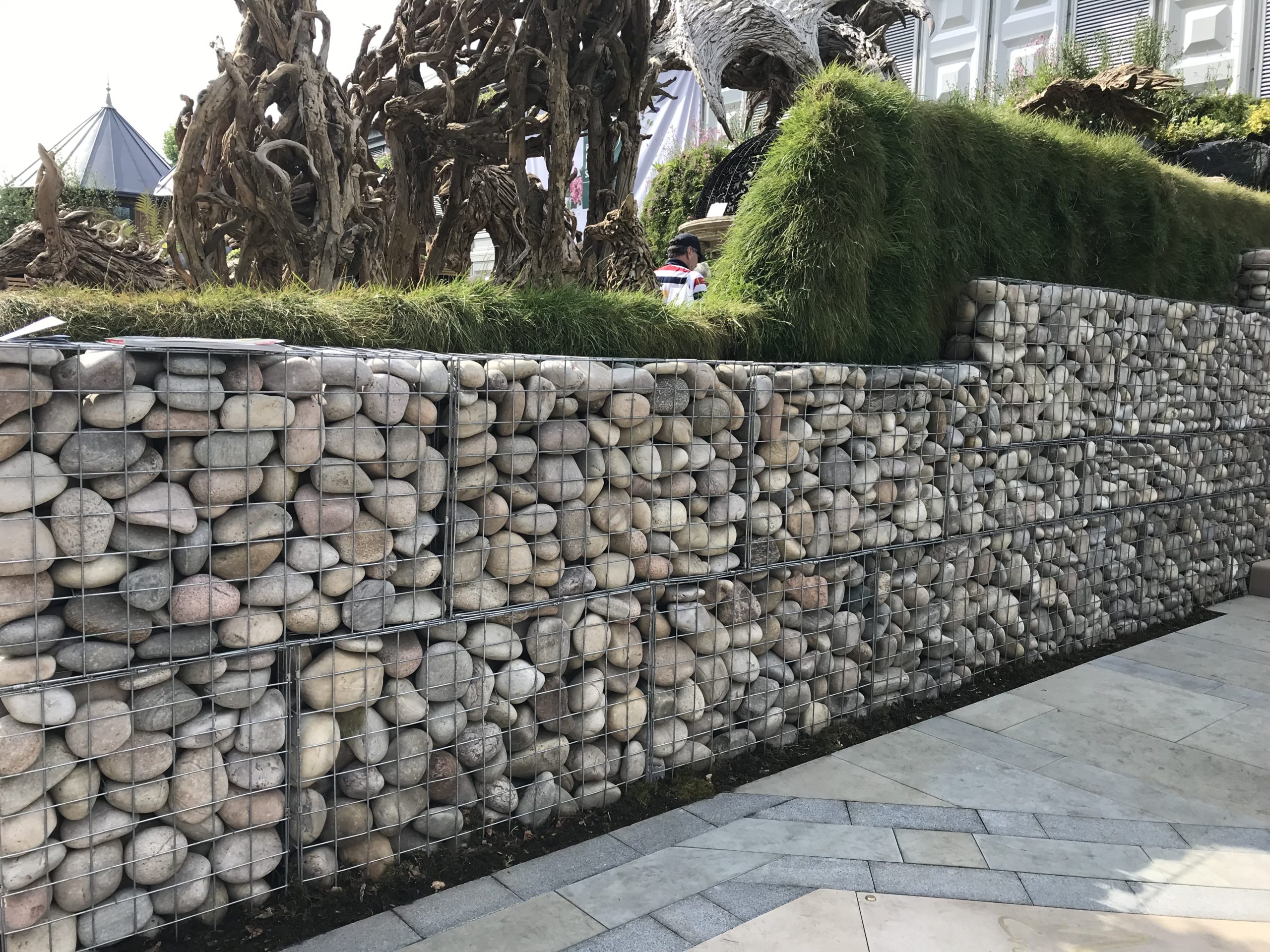
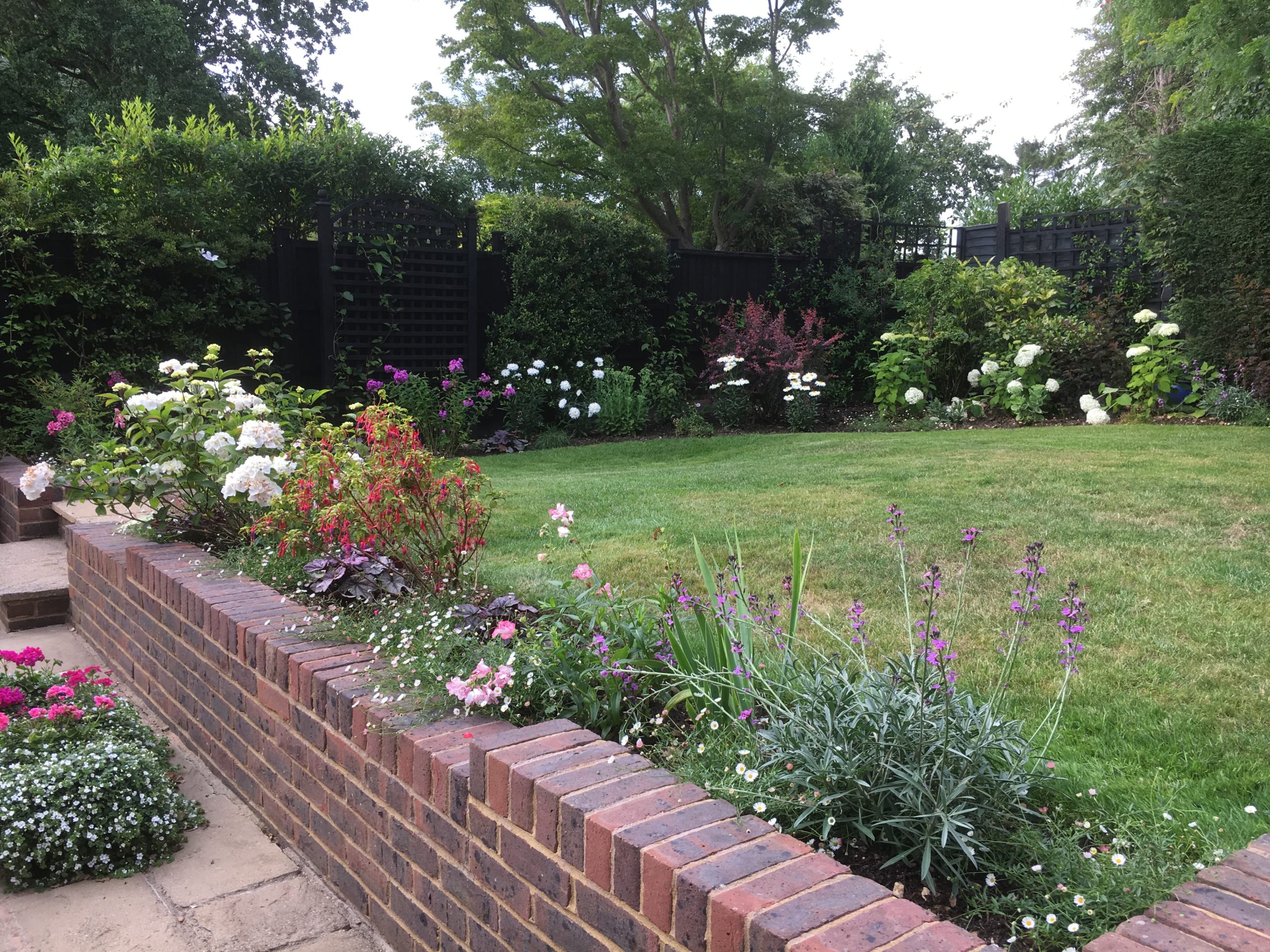
Recent Comments